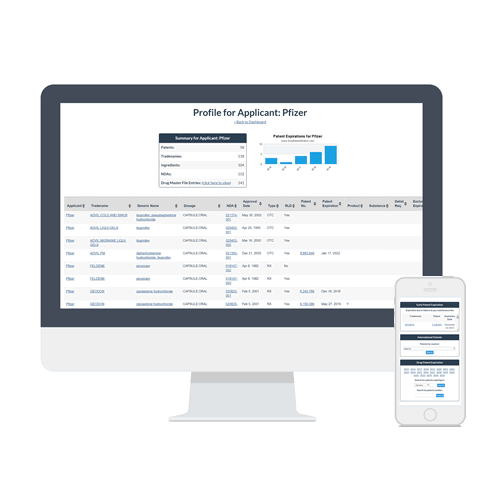
The generic drug market is a complex and dynamic environment where multiple factors influence the availability, quality, and pricing of generic drugs. Conducting an effective market analysis is crucial for pharmaceutical companies, policymakers, and healthcare professionals to understand the market dynamics and make informed decisions. This article will discuss the key strategies and considerations for conducting a comprehensive generic drug market analysis.
Table of Contents
Understanding the Generic Drug Market Structure
The generic drug market is characterized by a unique structure that drives its dynamics. The market is influenced by patent expirations, regulatory approvals, and the entry of new generic products. The first generic product to enter the market, known as the “first-to-file” product, enjoys a 180-day exclusivity period, which can significantly impact market competition and pricing. Additionally, the market is subject to supply chain disruptions, quality issues, and regulatory challenges, which can lead to price volatility and shortages.
Key Strategies for Generic Drug Market Analysis
Patent Monitoring: Closely monitoring patent expirations and patent challenges is essential for generic drug companies to identify opportunities for market entry and to plan their product launches strategically. This involves understanding the vulnerability of branded drugs and challenging the validity of granted patents.
Market Entry Strategies: Generic drug companies can adopt various market entry strategies, such as restricted market entry, long-term contracting, and creating a futures market, to stabilize the market and ensure a steady supply of high-quality products.
Quality and Pricing Analysis: Analyzing the quality and pricing of generic drugs is critical to understanding the market dynamics. This involves evaluating the quality of generic products, comparing prices across different manufacturers, and assessing the impact of quality on pricing decisions.
Supply Chain Analysis: The supply chain plays a crucial role in the generic drug market. Analyzing the supply chain can help identify potential bottlenecks, quality issues, and risks that can impact the availability and pricing of generic drugs.
Regulatory Environment: The regulatory environment significantly influences the generic drug market. Analyzing the regulatory framework, FDA approvals, and inspections can help understand the market dynamics and identify opportunities for improvement.
Considerations for Effective Market Analysis
Data Quality: High-quality data is essential for conducting an effective market analysis. This includes data on patent expirations, market entry, pricing, quality, and supply chain dynamics.
Market Transparency: Market transparency is critical for understanding the dynamics of the generic drug market. This involves making data and information available to stakeholders, including manufacturers, distributors, and consumers.
Collaboration and Partnerships: Collaboration and partnerships between stakeholders, including manufacturers, distributors, and regulatory agencies, are essential for ensuring a stable and efficient generic drug market.
Innovation and R&D: Encouraging innovation and research and development in the generic drug industry can help drive growth, improve quality, and increase competition.
Patient Access and Affordability: Ensuring patient access and affordability of generic drugs is a critical consideration for market analysis. This involves evaluating the impact of pricing and quality on patient access and developing strategies to improve affordability.
Conclusion
Conducting an effective generic drug market analysis requires a comprehensive understanding of the market structure, key strategies, and considerations. By adopting a rigorous and data-driven approach, stakeholders can identify opportunities for improvement, drive growth, and ensure a stable and efficient generic drug market that benefits patients and the healthcare system as a whole.
Generic drugs tend to cost less than their brand-name counterparts because generic drug applicants do not have to repeat animal and clinical (human) studies that were required of the brand-name medicines to demonstrate safety and effectiveness. – FDA
References
- Light, D., et al. (2022). Price and Quality in the Generic Pharmaceutical Market. Circulation, 145(16), 1186–1193. doi: 10.1161/CIRCULATIONAHA.121.057727
- KPMG. (2023). Generics 2030: Three Strategies to Curb the Downward Spiral. Retrieved from https://kpmg.com/us/en/articles/2023/generics-2030-curb-downward-spiral.html
- Schulman, K. A., et al. (2015). Options to Promote Competitive Generics Markets in the United States. JAMA, 314(14), 1465–1473. doi: 10.1001/jama.2015.13498
- GreyB. (2023). An Effective Strategy for Generic Pharma Companies. Retrieved from https://www.greyb.com/blog/strategy-for-generic-pharma-companies/
- FDA. (2021). Generic Drugs: Questions & Answers. Retrieved from https://www.fda.gov/drugs/frequently-asked-questions-popular-topics/generic-drugs-questions-answers


